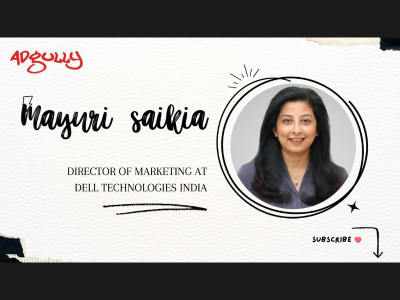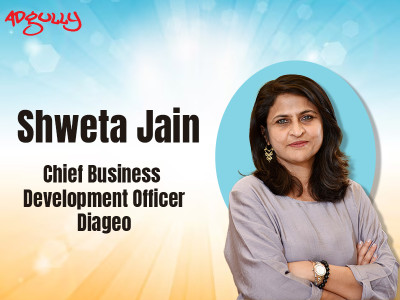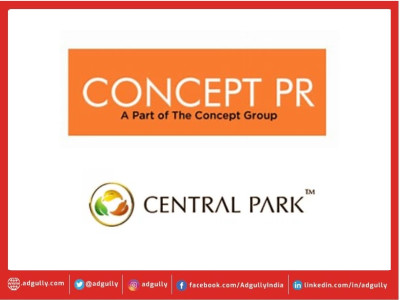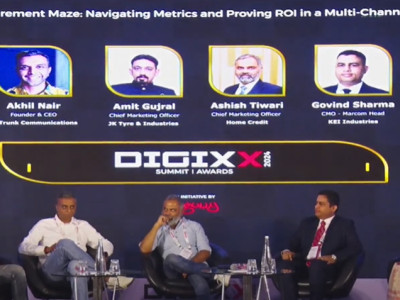How PR is revisiting storytelling narratives to create authenticity for new age consumers
In an era dominated by digital landscapes and evolving consumer expectations, the Public Relations industry finds itself at a pivotal juncture. With authenticity emerging as a cornerstone of brand-consumer relationships, the art of storytelling takes center stage. As the narrative landscape evolves, PR professionals are compelled to revisit traditional approaches. In this ever-changing landscape, the quest for authenticity becomes paramount, urging the industry to redefine its storytelling paradigms to forge deeper connections and foster genuine engagement in the digital age.
Adgully reached out to some leading PR leaders to understand how they are revisiting storytelling narratives to create authenticity for the new age consumers.
Jaideep Shergill, Co-Founder, Pitchfork Partners, noted, “In an age marked by abundance of information, where brands vie for attention amidst a cacophony of content, it has become imperative for the PR industry to leverage our storytelling expertise towards promoting more honest and authentic narratives. This strategic shift is even more relevant today as new-age consumers seek truth, rather than polished narratives. Any communicator in the 21st Century who caters to the younger demographic should have a detailed understanding of their audience’s thought process. They are the "King," as Marketing 101 reminds us, and our messaging needs to reflect their values and concerns; everything else will follow.”
“This discerning generation is cognizant of the products and services that they use, with an inclination of avoiding products sourced unethically or manufactured through unfair labour practices. They have an ability to sift through volumes of content and select the most authentic narrative in the media that best reflects their preferences. In such a scenario, content becomes more than mere information; we as communicators must move beyond manufactured perfection and embrace real storytelling, flaws and all. Identifying a brand's unique story, prioritising transparency, showcasing positive impact, and utilising real consumer stories can be effective steps. Overall, communication should be rooted in values of the brand, and it should reflect in the narrative,” he further elaborated.
Pooja Chaudhri, Executive Director, Concept PR, believes that storytelling is a potent tool to communicate something. She said, “We have grown up listening to stories and being inspired by them, even if they are untrue. For example, one story often told to emphasise that change needs to be gradual is that of a frog in a vessel that gets boiled when heat is increased slowly. We all take it as accurate, even though experiments have repeatedly shown that a frog jumps out of the vessel when the heat becomes uncomfortable, even if it increases gradually. I believe storytelling is more sequential, but adding the essence of narrative can considerably improve the impact. A narrative allows one to share different points of view, and highlight the core message. I believe that if adequately done, narrative storytelling can be a powerful tool to create authenticity for new-age consumers.”
“The traditional storytelling methods of the PR industry often miss the mark with today’s consumers, who yearn for authenticity and genuine connections,” remarked Valerie Pinto, CEO, Weber Shandwick India. According to her, “To truly connect with this new-age audience, it is crucial to humanise your brand. Share behind-the-scenes glimpses and engage in authentic interactions. In the era of two-way communication, brands can no longer shy away; instead, they should embrace it. Encouraging user-generated content that mirrors diverse perspectives and experiences is essential. By involving consumers in the storytelling process, we not only build connections, but also cultivate a sense of shared ownership. After all, the heart of a brand lies in the stories it tells and the community it builds.”
For Geetu Batra, PR & Communications Lead, Cheil India, the new-age consumer is Gen Z, which has just entered the workforce and, in a few years, may become the dominant consumer segment. It is important to create bespoke content that is tailored to their tastes and preferences. She noted that it is the first generation to be born into the age of social media and has a form for ever-shortening attention spans. So, narratives that lend themselves to short-format content like videos and reels will pass muster. The content needs to be visually appealing so that it doesn’t get passed over for another high-decibel video.
“They are not avid platform loyalists, so do not hesitate to experiment with formats like videos, articles, and podcasts while crafting the narrative. There is no easy answer, but it pays to remember that authenticity is the byword for this generation, and sticking true to the values that we espouse is paramount at the end of the day,” Batra advised.


















Share
Facebook
YouTube
Tweet
Twitter
LinkedIn